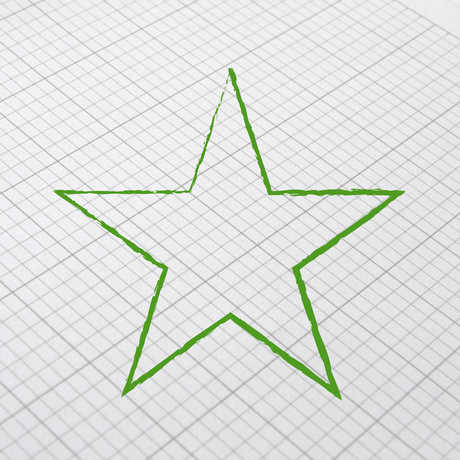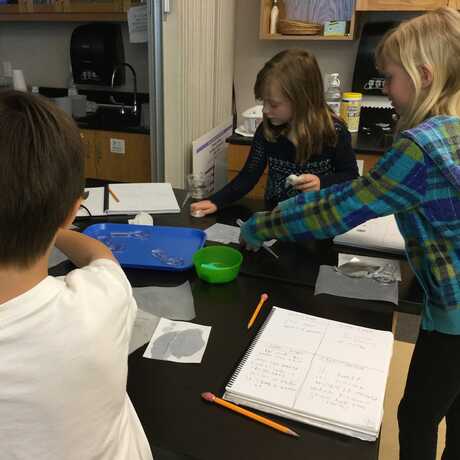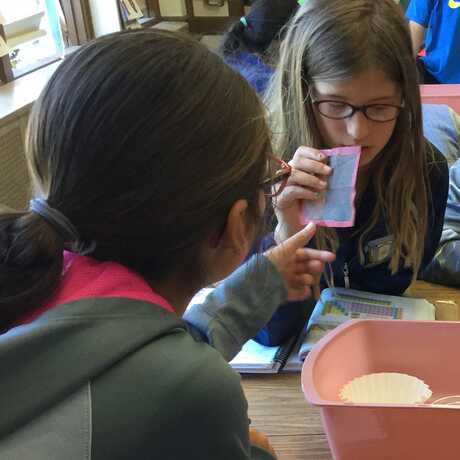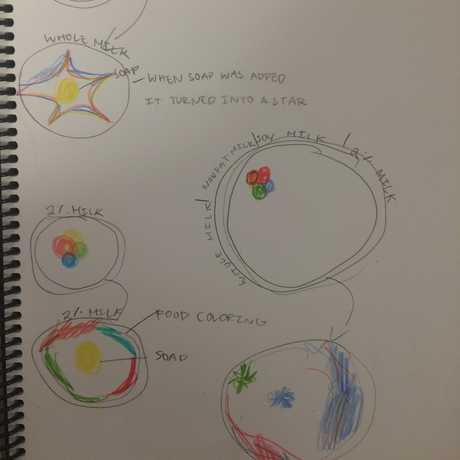

Scientific sketching isn’t about making a pretty picture! It’s about looking at something so closely you notice something new.
About This Guide

Below, you'll find guidance related to using scientific sketching for observation, including:
- Using sketching to capture changes over time, details, and for meaning making
- Tips on how to get students sketching in the classroom
- An example story from a real classroom
Because we know teachers appreciate seeing the results of using these strategies, we've also created an example gallery containing student work.
Opportunities for Sketching for Observation
After you’ve done an Introduction to Sketching activity, and maybe a few Sketching Exercises, your students are ready to put their skills to work. There are many ways for sketching to help students figure something out during an investigation. Sketching is data collection, just in picture form.

Sketching over time
Sketching the same thing over the course of several days or weeks will create a useful record for analysis. A few examples:
- Seeds germinating and growing into a plant
- Decomposition in action (e.g. an apple core)
- Animals that metamorphose or go through discrete life stages (e.g. mealworms into beetles)
- Shadows changing over the course of a day
- Terrariums growing and changing over time
- An experimental design that changes over time so that students have a record of specific changes, e.g. water level in differently-sized containers after 1, 2, and 3 days of evaporation.

Sketching for detail
Sketching requires close attention and helps students see things they might otherwise miss. Use detail sketching when the details are actually helpful for understanding a science concept. A few examples:
- Sketch an animal (e.g. crayfish) to pay attention to all of its different and specialized body parts, as part of a lesson on adaptations.
- Sketch a rock to pay attention to its colors and texture in order to identify its component minerals.
- Place two objects side by side to notice specific differences, like leaves from different trees or two lemons, in order to study genetic variation.
- Sketch specific tools you will use over and over in a series of investigations to pay attention to all of its specific parts and how they work, (plunger, battery holder, alligator clips, scales, etc).

Sketching and meaning making
Create space for students to describe their observations, questions and explanations, alongside their sketch.
- Use a scaffold with space for explicit sketching and short answer thinking.
- The sketching space helps guide students to targeted observations of the materials.
- The open-ended nature of the questions can make more of your students' thinking visible on paper.
How to Make it Happen

- Make sure to give students a foundation in scientific sketching before you expect them to sketch during a science investigation.
- Remind students that scientific sketching is not about making a pretty picture. It’s about recording accurate information.
- Depending on what you are asking them to sketch, offer students a starting point or technique that will help them approach the particular item. Find some suggestions on our sketching exercises page.
- When appropriate, give them graphic organizers like this one.
Notes from the Classroom

Anoushka led her third graders through a decomposition investigation. They observed pieces of pumpkin, apple, bread, tin foil, burrito, and paper plate over the course of eight weeks. She gave her students graphic organizers to record their observations. They used a separate page for each item. The page included eight squares for sketching the item each week. It also included a space for them to record their initial observations and predictions.
When it came time to write final observations and conclusions, students could compare one item across eight weeks, or one moment in time across all the items. They wrote comments like, "I wonder if the holes in the foil were caused by microorganisms," or: "I noticed that the pumpkin’s sprout is growing."

Science Notebook Corner
Learn how notebooks can help your students think and act like scientists.


